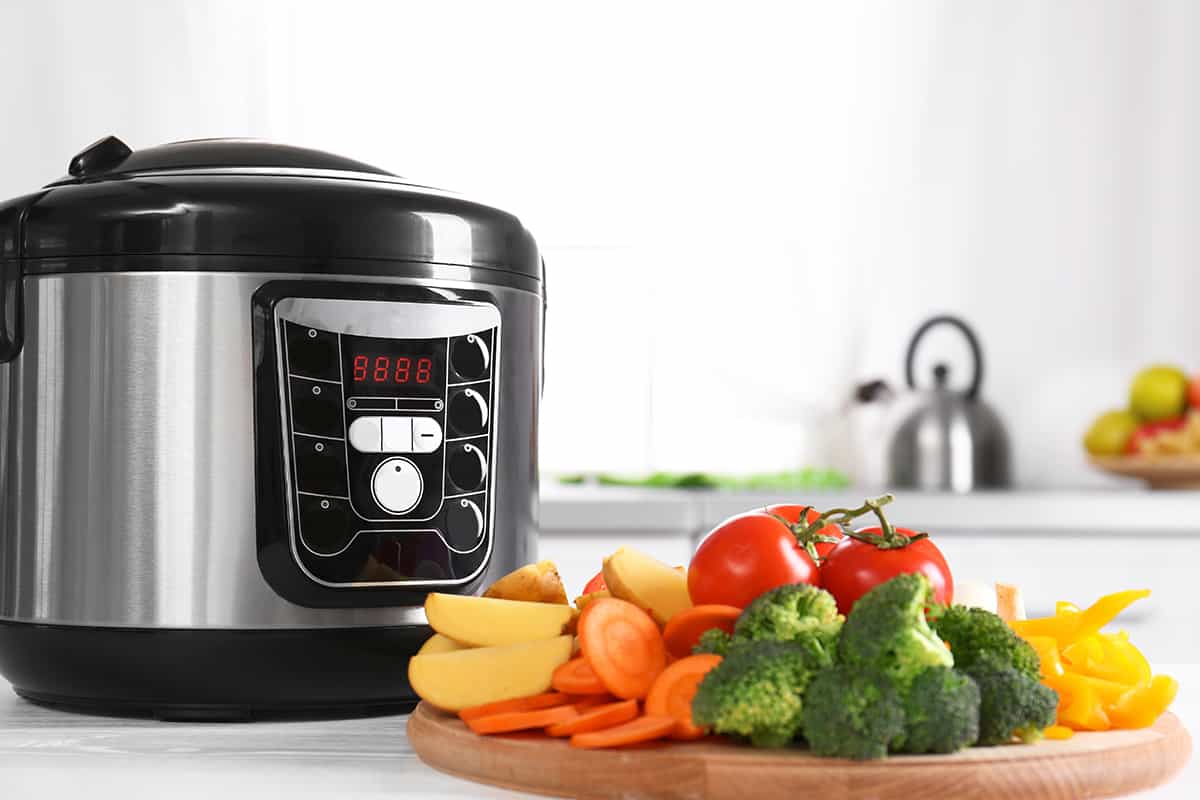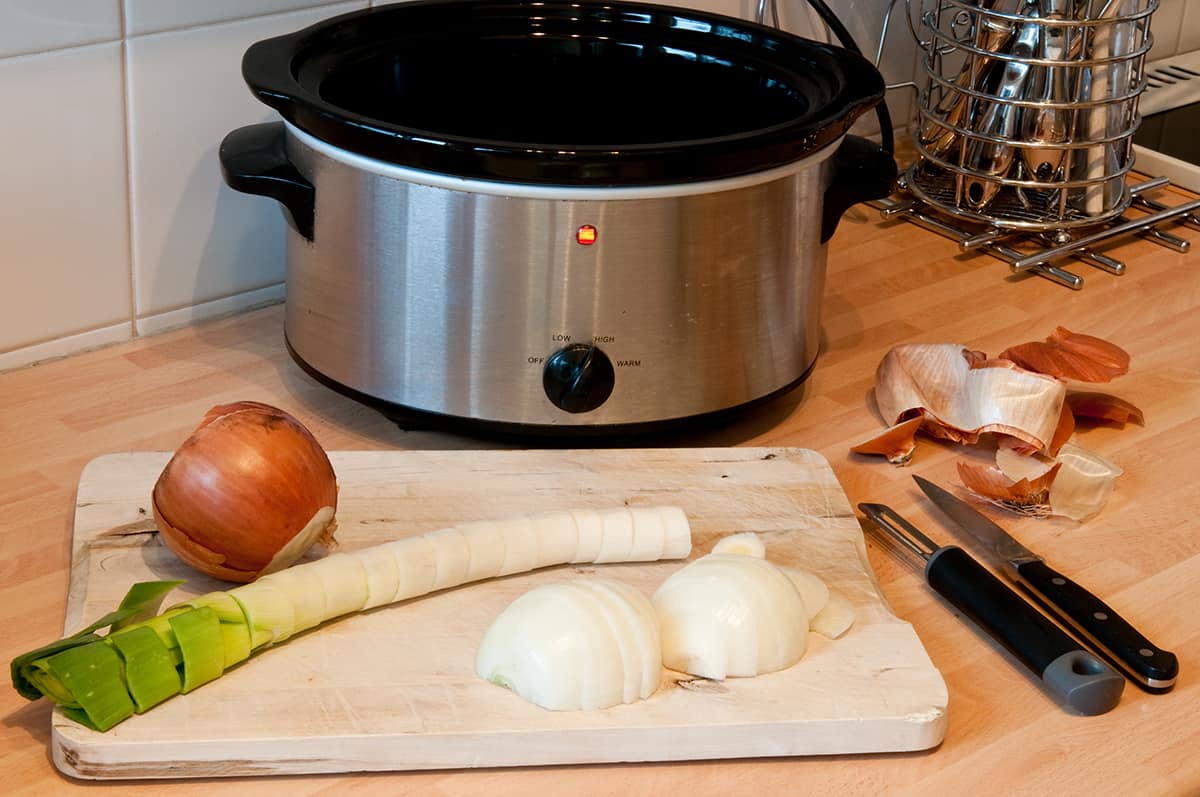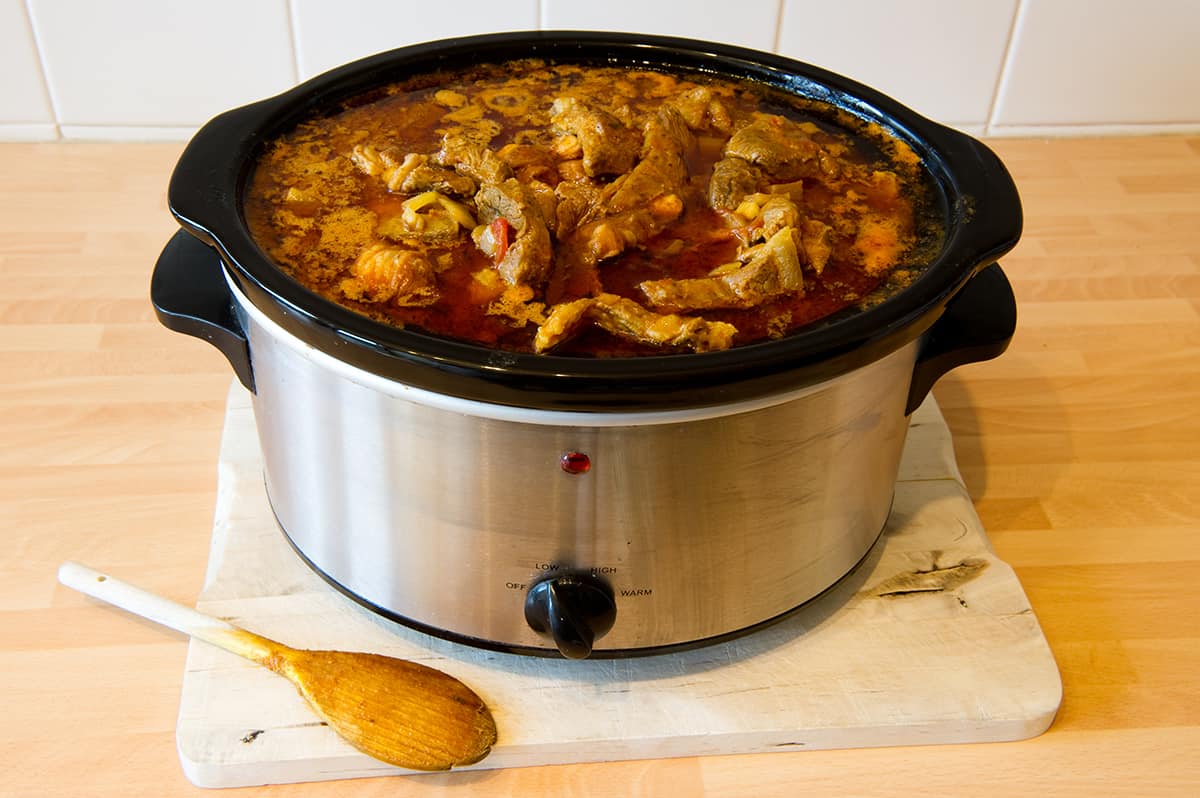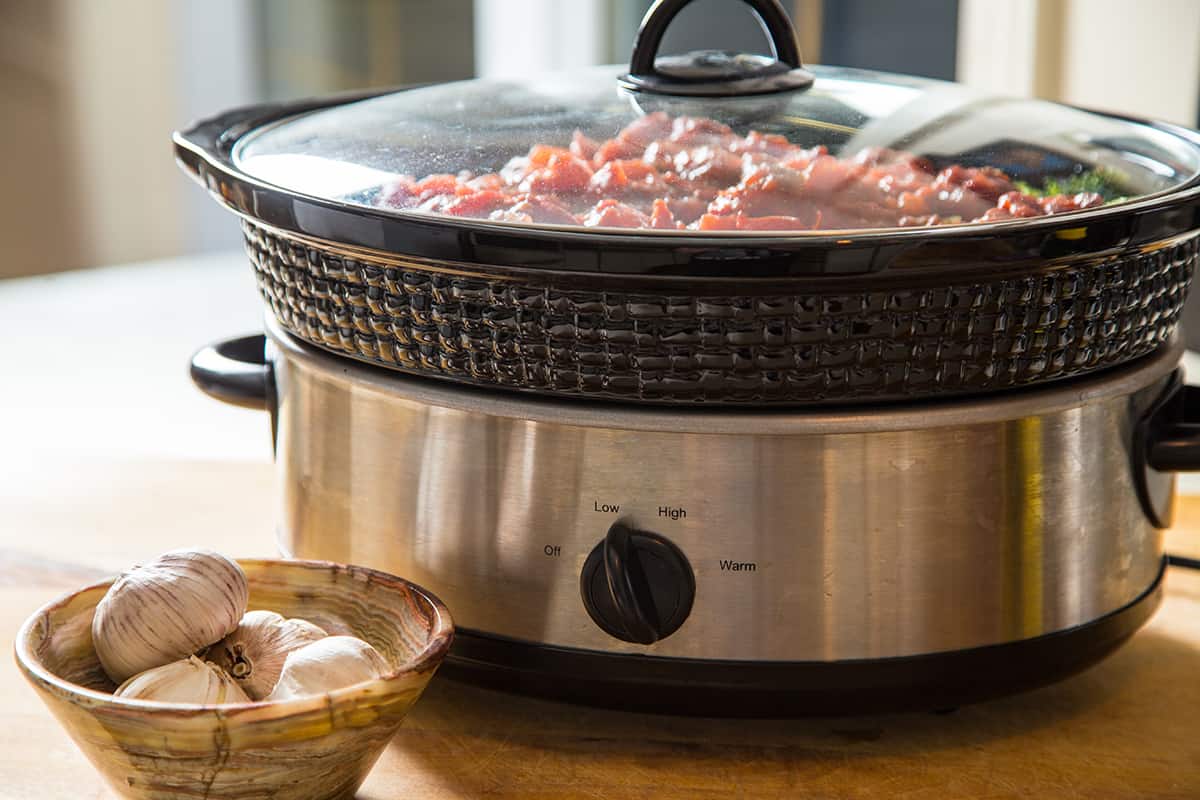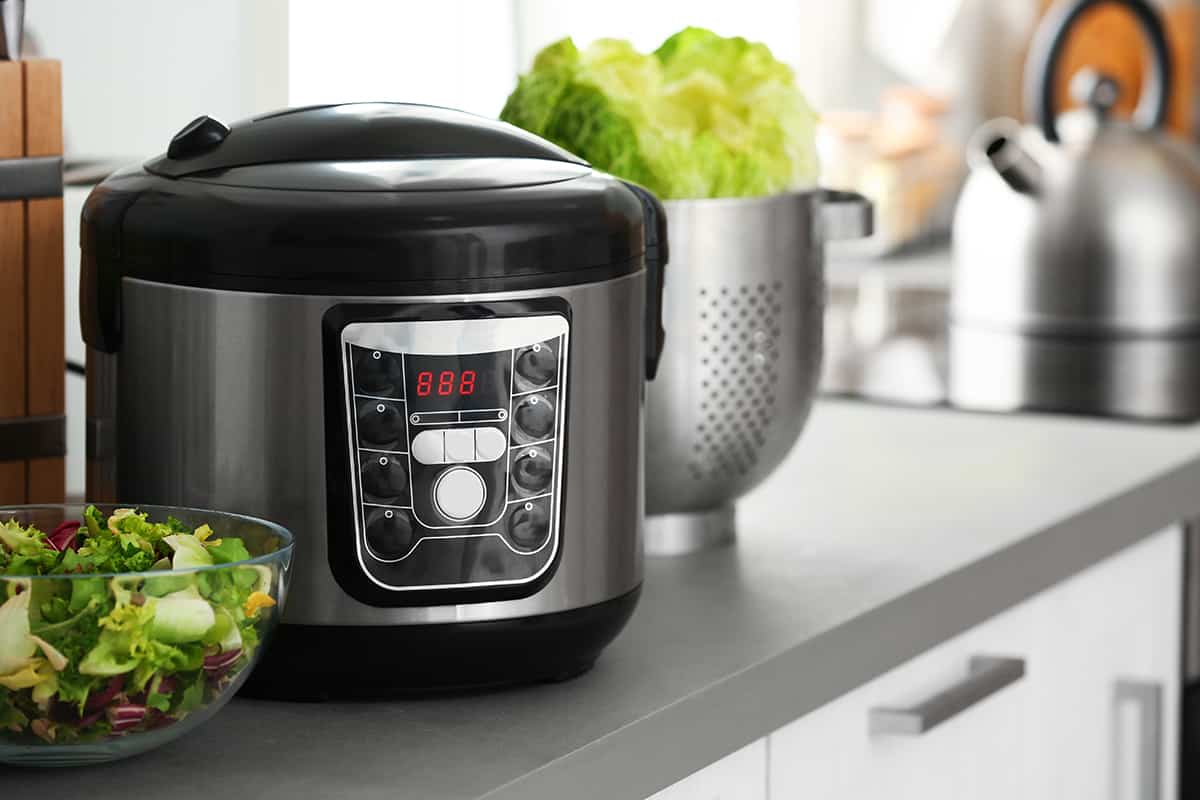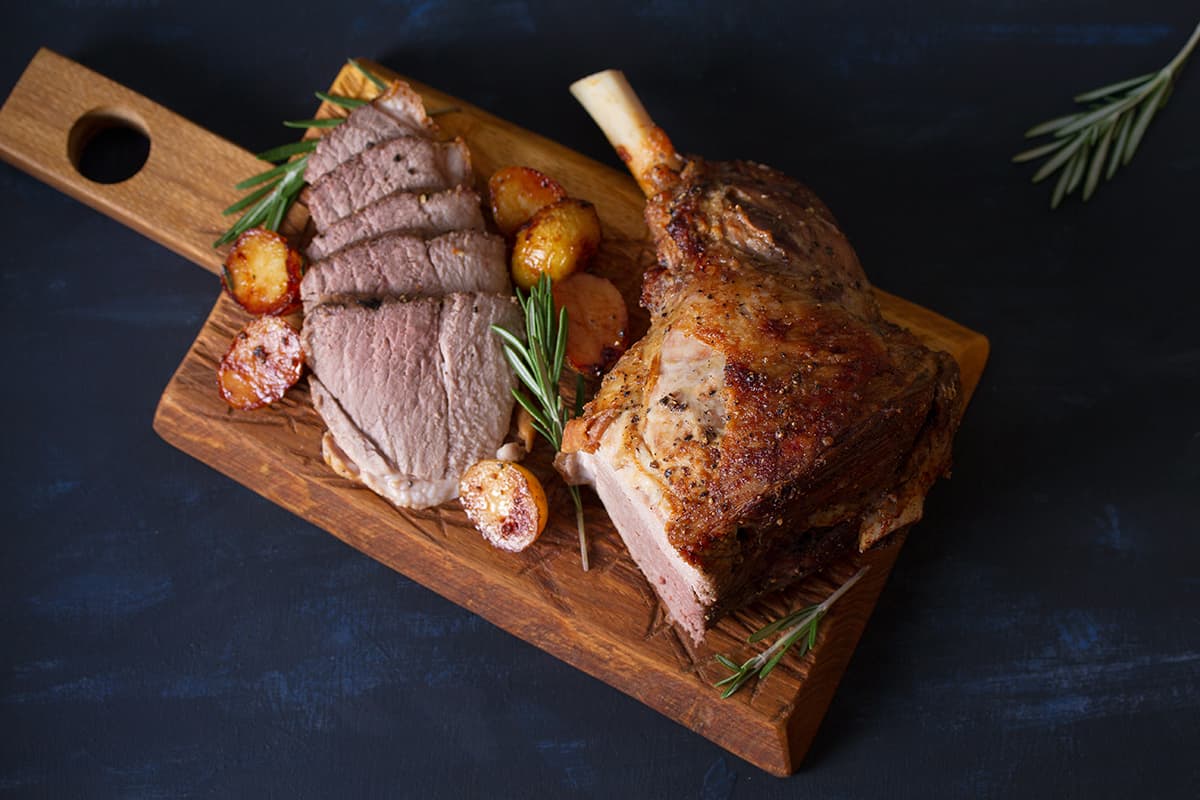With a slow cooker, you can create mouth to watering dishes by cooking food at a low temperature over an extended period of time. This method of cooking allows flavors to meld together, creating delicious, tender results with minimal effort.
This article will serve as a comprehensive temperature guide for slow cookers, helping you understand the various settings and cooking times to ensure that your meals turn out perfectly every time.
A Quick Intro to Slow Cooker Temperature Settings
Slow cookers usually come with a few different temperature settings that you can use to cook your meals. These settings help you control how fast or slow your food cooks.
1. Low setting
The low setting is perfect for cooking food over a longer period of time. It typically heats food to around 190°F to 200°F (88 to 93°C). This gentle heat helps to break down tough meats and create tender, flavorful dishes. Most recipes that use the low setting will need about 6 to 8 hours to cook.
2. High setting
If you’re short on time or want to speed up the cooking process, you can use the high setting. This setting heats food to around 280°F to 300°F (138 to 149°C). Recipes that call for the high setting usually take about 3 to 4 hours to cook. Keep in mind that using the high setting can sometimes result in less tender meat, as it cooks faster.
3. Warm setting
Once your food is done cooking, the keep warm setting can help maintain its temperature until you’re ready to serve. This setting usually keeps food at around 150°F to 160°F (66 to 71°C), making it ideal for parties or potlucks where food needs to stay warm for a longer time.
Slow Cooker Temperature Guide and Cooking Times
Cooking times can vary depending on the type of food you’re preparing and the temperature setting you choose. To help you get the best results, we’ve created a guide that shows the approximate cooking times for various foods on both low and high settings.
Use this as a reference when planning your meals, but keep in mind that cooking times may vary depending on your specific slow cooker and recipe.
| Food Item | Cooking Time on Low | Cooking Time on High |
| Beef roast | 8 to 10 hours | 4 to 6 hours |
| Bell peppers | 4 to 6 hours | 2 to 3 hours |
| Bread pudding | 4 to 6 hours | 2 to 3 hours |
| Carrots | 6 to 8 hours | 3 to 4 hours |
| Casserole | 6 to 8 hours | 3 to 4 hours |
| Chicken (pieces) | 4 to 6 hours | 2 to 3 hours |
| Chicken (whole) | 6 to 8 hours | 3 to 4 hours |
| Chili | 6 to 8 hours | 3 to 4 hours |
| Dried beans | 8 to 10 hours | 4 to 6 hours |
| Fish | 3 to 4 hours | 1.5 to 2 hours |
| Green beans | 4 to 6 hours | 2 to 3 hours |
| Lentils | 4 to 6 hours | 2 to 3 hours |
| Onions | 6 to 8 hours | 3 to 4 hours |
| Pasta | 2 to 3 hours | 1 to 1.5 hours |
| Pork roast | 8 to 10 hours | 4 to 6 hours |
| Potatoes | 6 to 8 hours | 3 to 4 hours |
| Rice | 2 to 3 hours | 1 to 1.5 hours |
| Shrimp | 2 to 3 hours | 1 to 1.5 hours |
| Soup | 6 to 8 hours | 3 to 4 hours |
| Turkey breast | 7 to 8 hours | 3 to 4 hours |
Slow Cooker Temperature Conversion
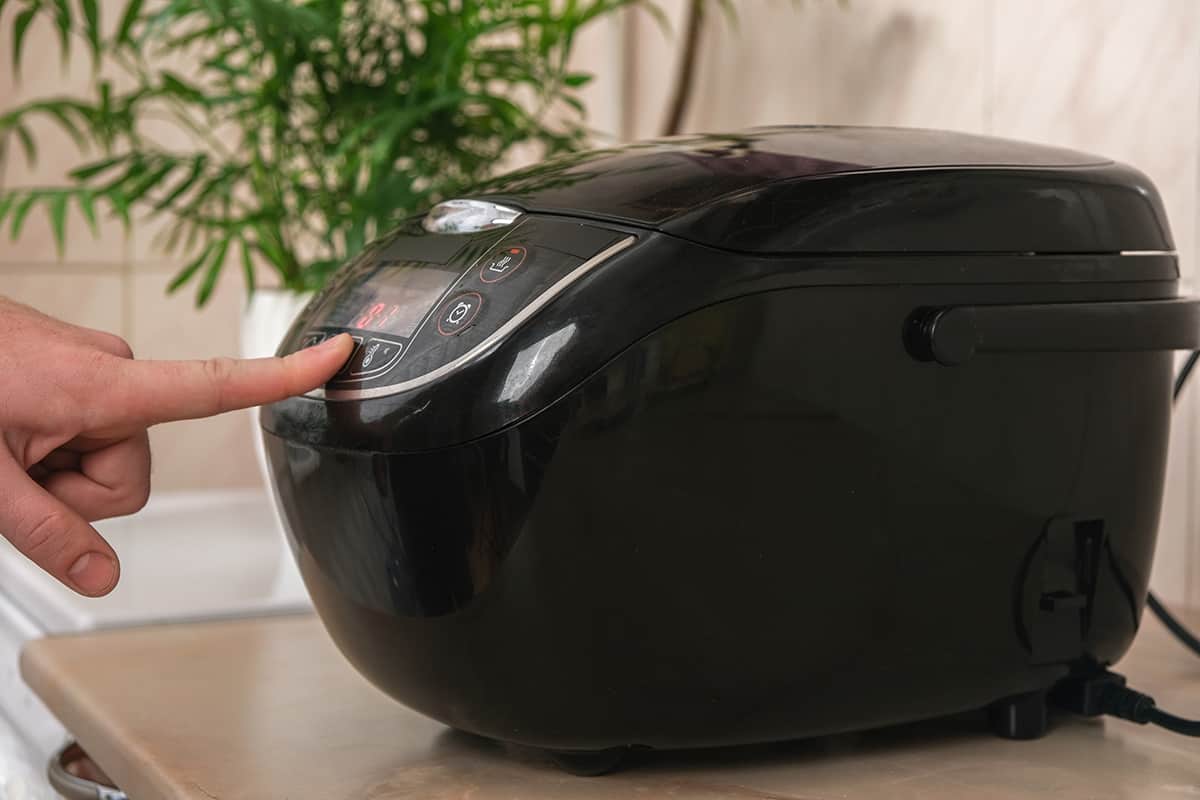
Sometimes, you may want to adapt a recipe that wasn’t designed for a slow cooker. In these cases, knowing how to convert temperatures between different cooking methods can be helpful.
1. Conventional oven to slow cooker
To convert oven temperatures to slow cooker settings, use the low setting for recipes that require 200°F (93°C) to 300°F (149°C), and the high setting for recipes that require 350°F (177°C) to 425°F (218°C). You may also need to adjust the cooking time, as slow cooker recipes generally take longer.
2. Stovetop to slow cooker
For stovetop recipes, use the low setting for recipes that require simmering and the high setting for recipes that require boiling. Again, remember to adjust the cooking time accordingly.
3. Instant pot or pressure cooker to slow cooker
When converting Instant Pot or pressure cooker recipes, use the low setting for recipes that require the low-pressure setting and the high setting for recipes that require the high-pressure setting. You’ll also need to increase the cooking time, as slow cookers cook at a much slower pace.
Safety Guidelines for Slow Cooker Use
Using a slow cooker is generally safe and easy, but it’s important to follow certain guidelines to ensure food safety and prevent accidents.
1. Safe internal temperatures
To ensure your food is cooked safely, use a food thermometer to check its internal temperature. Cook meats to the following temperatures: 165°F (74°C) for poultry, 145°F (63°C) for beef, pork, and lamb, and 145°F (63°C) for fish.
2. Preheating and thawing guidelines
Always thaw meat and poultry before cooking in a slow cooker, as frozen food may not reach a safe internal temperature quickly enough. You can thaw food in the refrigerator, under cold water, or in the microwave.
3. Food storage and reheating recommendations
Store leftovers in airtight containers and refrigerate within two hours of cooking. When reheating, make sure the food reaches an internal temperature beyond the danger zone or, ideally, 165°F (74°C).
Tips for Mastering Slow Cooker Cooking
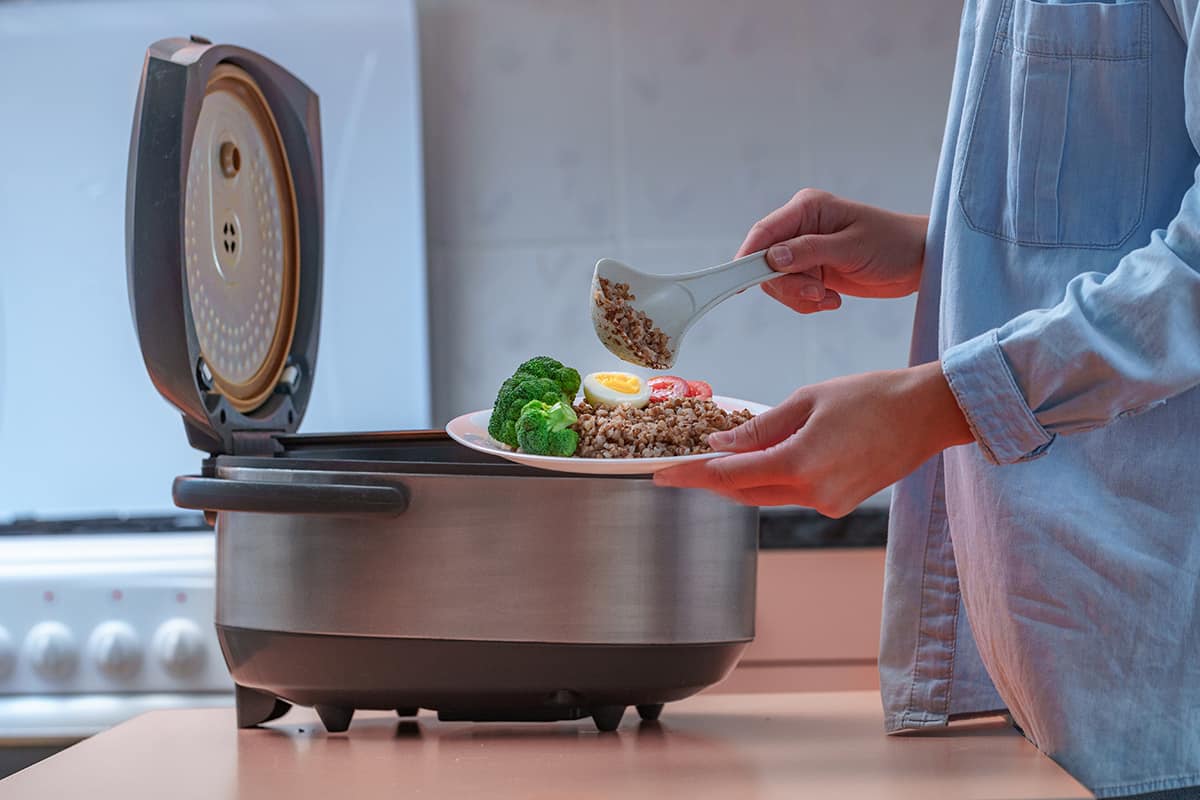
Becoming a slow cooker pro takes practice and a bit of know-how. This section will provide tips on layering ingredients, balancing flavors, adapting recipes, and making the most of leftovers.
Layering ingredients
Place dense ingredients like root vegetables and meat at the bottom of the slow cooker, as they take longer to cook. Lighter ingredients like pasta and delicate vegetables should be added towards the end of the cooking time.
Balancing flavors
Since slow cooking melds flavors together, add seasonings in moderation. You can always adjust the seasoning after the dish is cooked.
Adapting recipes for slow cookers
When adapting non-slow cooker recipes, reduce the liquid by about one-third, as there is less evaporation in a slow cooker. Also, consider the cooking times and temperatures discussed in the temperature conversion section.
Making the most of leftovers
Slow cooker meals can be easily repurposed into new dishes. For example, turn leftover meat into sandwiches or tacos, or mix leftover vegetables into a frittata or pasta dish. Get creative and make the most of your slow cooker creations!
FAQs
1. How can I prevent my slow cooker from drying out food?
To prevent your slow cooker from drying out food, make sure you use the right amount of liquid in your recipe. Keep the lid on during cooking to trap moisture, and avoid opening the lid too often, as this lets steam escape.
2. Can I use my slow cooker as a chafing dish?
Yes, you can use your slow cooker as a chafing dish. To do this, cook your food as usual and then switch your slow cooker to the “keep warm” setting. This will help maintain the food’s temperature without overcooking it, making it perfect for serving at parties or potlucks.
3. Is it safe to leave a slow cooker on while I’m away from home?
It is generally safe to leave a slow cooker on while you’re away from home, as they are designed to cook food at low temperatures for an extended period. However, it’s a good idea to take some precautions, such as keeping the slow cooker away from flammable items and checking that it’s functioning properly before leaving.
If you have concerns or if your slow cooker is very old, you may want to consider investing in a programmable model that can automatically switch to the “keep warm” setting once the cooking time is done.
